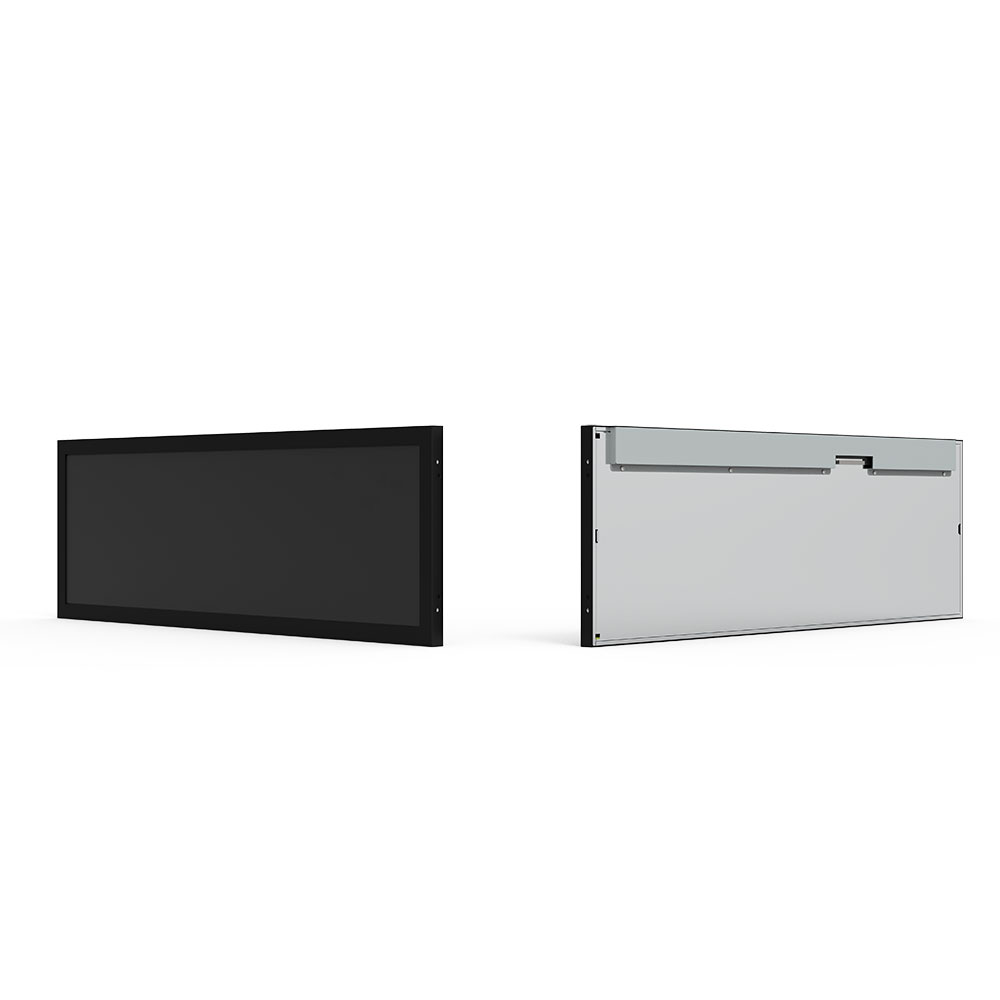
Privacy statement: Your privacy is very important to Us. Our company promises not to disclose your personal information to any external company without your explicit permission.
When selecting an outdoor LCD screen for commercial, industrial, or public use, it's critical to prioritize both visibility under varying lighting conditions and long-term durability against environmental stressors. According to the International Electrotechnical Commission (IEC) standard IEC 60068-2-14 (Environmental testing for mechanical shock), outdoor displays must withstand extreme temperatures, humidity, UV exposure, and physical vibrations—factors that directly impact screen lifespan and performance.
First, luminance is a key technical metric; most high-end outdoor LCDs offer at least 5,000 nits of brightness, as defined by SMPTE RP 219-1 (a widely adopted industry standard for display brightness in bright environments). This ensures legibility even under direct sunlight—a common challenge in retail, transportation hubs, and construction sites. For example, a case study from Samsung’s outdoor digital signage deployment in Tokyo’s Shinjuku Station revealed that 7,000-nit screens maintained readability during peak daylight hours, reducing viewer complaints by 92%.
Second, ingress protection (IP) ratings must be considered. An IP65 or higher rating (per IEC 60529) means the screen is dust-tight and protected against water jets—critical for coastal installations or regions with heavy rainfall. In contrast, low-rated units often fail within six months due to moisture ingress, as documented in a 2023 report by the Association for Display Metrology (ADM).

Third, thermal management systems such as passive heat sinks or active cooling fans are essential for maintaining operational stability. A 2022 study published in the IEEE Transactions on Consumer Electronics showed that outdoor LCDs with dual-fan cooling systems operated 18% longer before thermal shutdown compared to single-fan models in desert environments (up to 50°C ambient temperature).
Finally, consider display technology: LED-backlit LCDs outperform traditional CCFL in efficiency and longevity, especially when paired with anti-glare coatings like nano-textured glass (e.g., Corning Gorilla Glass). These coatings reduce reflection by up to 70%, per data from the Society for Information Display (SID).
In summary, choosing an outdoor LCD requires balancing brightness, environmental resilience, thermal design, and display technology. Always consult manufacturer specs aligned with international standards—IEC, SMPTE, and SID—for verified performance metrics and long-term ROI.
Email to this supplier

Privacy statement: Your privacy is very important to Us. Our company promises not to disclose your personal information to any external company without your explicit permission.